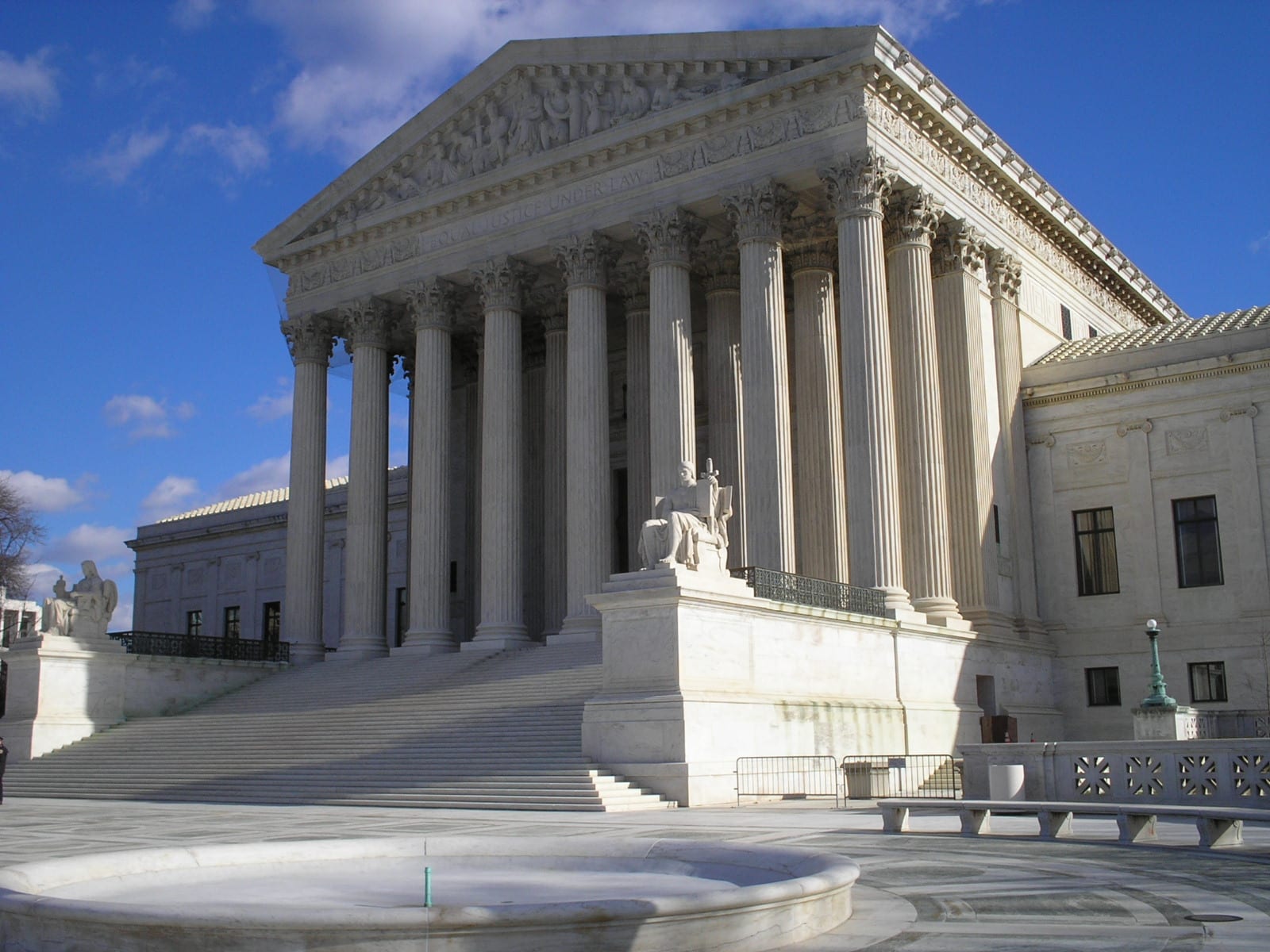USA v. Erik Lindsey Hughes (11th Cir. 2017) What is the SCOTUS holding when the Court splits?
Against a federal plea agreement backdrop, this case is interesting because it addresses how to apply United States Supreme Court precedent when the Court’s opinion is split. Hughes was indicted for several offenses and, after negotiations with the Government, he entered a plea agreement that gave him a prison sentence below the federal sentencing guidelines. Given his charges, the sentencing range was 188- 235 months. He received a sentence of 180 months. A year later, Hughes sought a sentence reduction under 18 USC 3582(c)(2) which allows a court to reduce a term of imprisonment for a “defendant who has been sentenced …based on a sentencing range that has subsequently been lowered by the Sentencing Commission. Hughes sought a reduction based on Amendment 782 which reduced the offense levels for certain drug offenses and apply retroactively. Under Amendment 782, Hughes’s sentencing range was 151- 188 months. The district court denied Hughes’s motion.
This same issue came before the United States Supreme Court in Freeman v. United States, 564 U.S. 522 (2011). There, the Court split over the question of whether defendants, like Hughes, who enter into plea agreements that recommend a particular sentence as a condition of their plea were sentenced “based on a sentencing range.” Five justices agreed that Freeman’s sentence could be reduced, but they differed as to their reasoning. Justice Sotomayor concurred only in the judgment. In her concurring opinion, she found that “the term of imprisonment imposed by the district court is “based on” the agreement itself, not on the judge’s calculation of the Sentencing Guidelines.”
“When a fragmented Court decides a case and no single rationale explaining the result enjoys the assent of five Justices, “the holding of the Court may be viewed as that position taken by those Members who concurred in the judgments on the narrowest grounds.” Marks v. United States, 430 U.S. 188, 193 (1977). “The Marks Court did not elaborate on how to identify the narrowest grounds.” Bryan A. Gardner, et al., The Law of Judicial Precedent 199-200 (2016). “But the prevailing view is that the narrowest grounds are those that, when applied to other cases, would consistently produce results that a majority of the Justices supporting the result in the governing precedent would have reached.” Id. at 200. For the Eleventh Circuit, “narrowest grounds” means the “less far-reaching’ common ground.” United States v. Robison, 505 F.3d 1208, 1221 (11th Cir. 2007) (quoting Johnson v. Bd. of Regents, 263 F.3d 1234, 1247 (11th Cir. 2001). Eight sister circuits also agree that Sotomayor’s concurring opinion is the holding of Freeman. In the Fourth Circuit, the court reached the conclusion because “the plurality would surely agree that in every case in which the defendant’s [Rule 11(c)(1)(C)] plea agreement satisfies the criteria for Justice Sotomayor’s exception…the sentencing judge’s decision to accept that sentence is based on the guidelines.” United States v. Brown, 653 F.3d 337, 340 n.1 (4th Cir. 2011).
Based on this, the Court found that Hughes was not eligible for a sentence reduction because his sentence was not based on a sentencing guidelines range. He is therefore not eligible for a reduction under Amendment 782.
So there you have it. When you see an opinion that is highly split, this is how you determine its holding. Also, bad news for Mr. Hughes.

